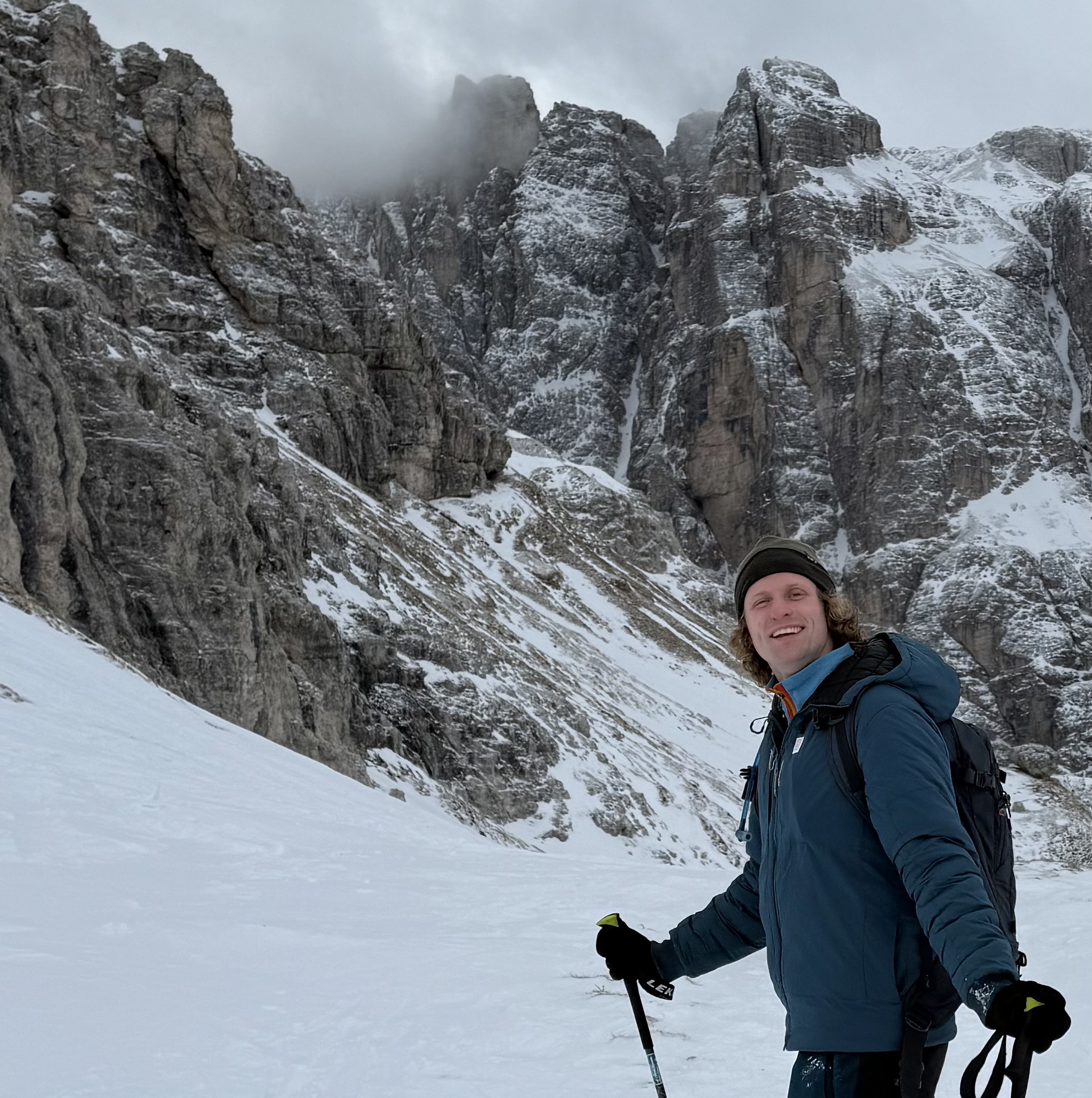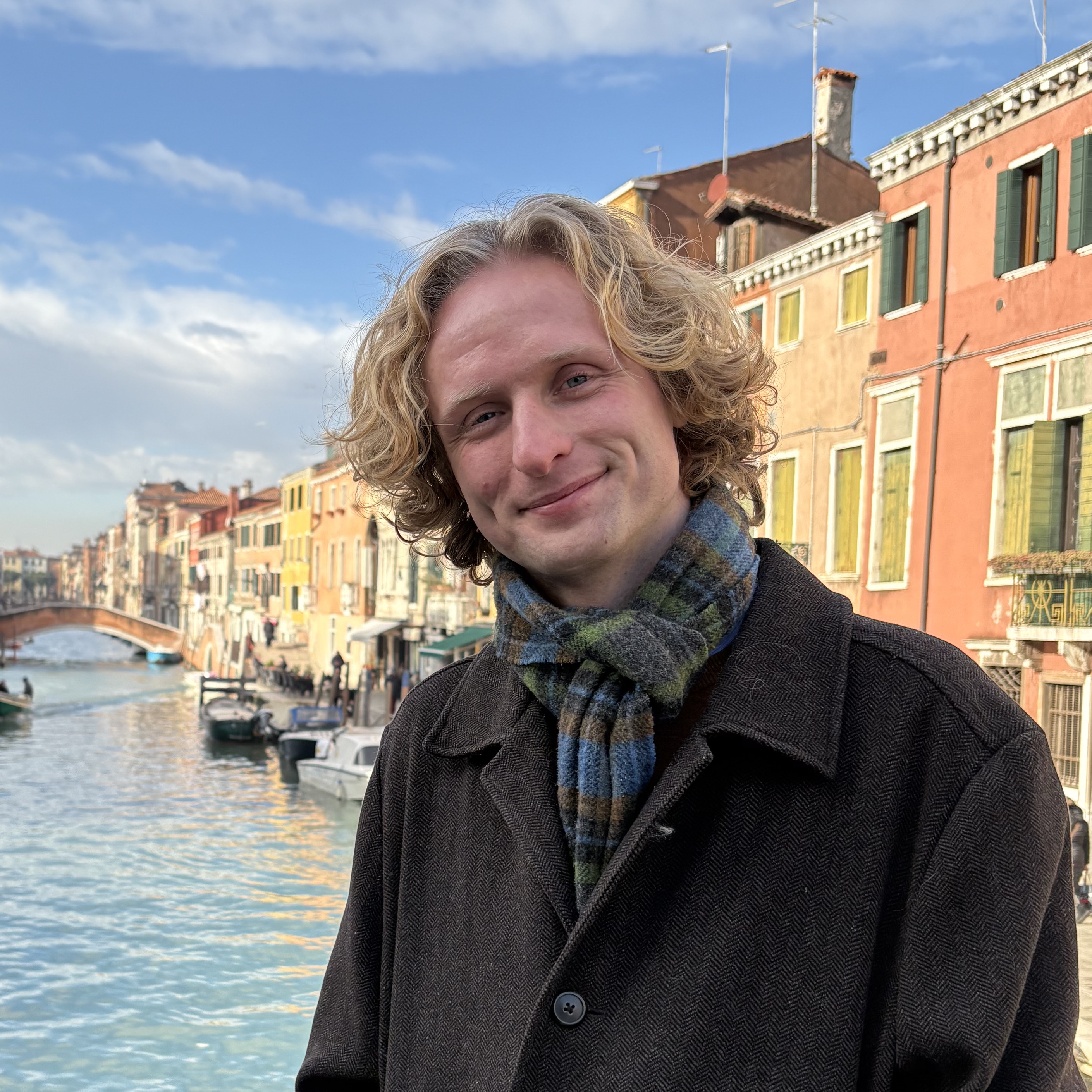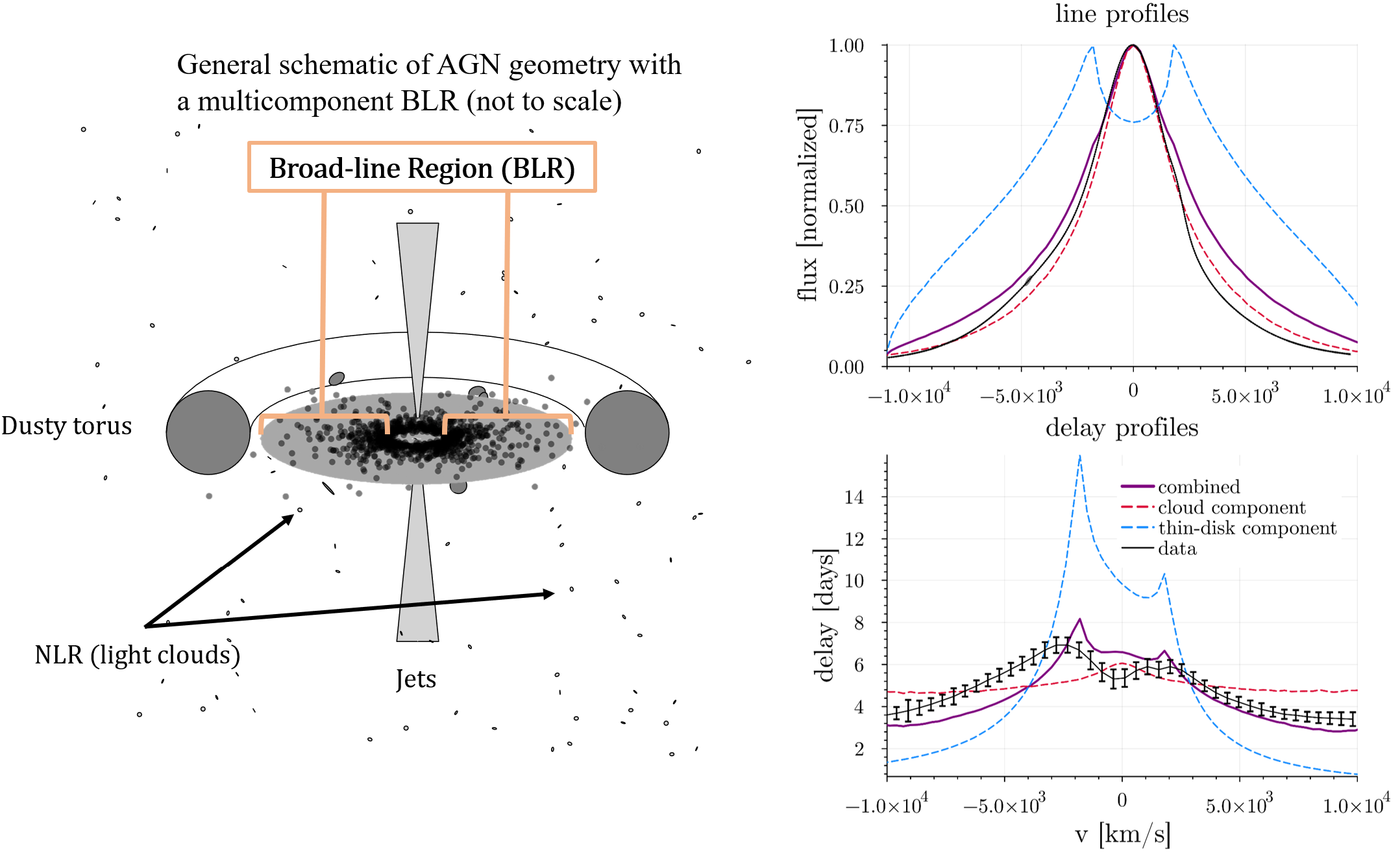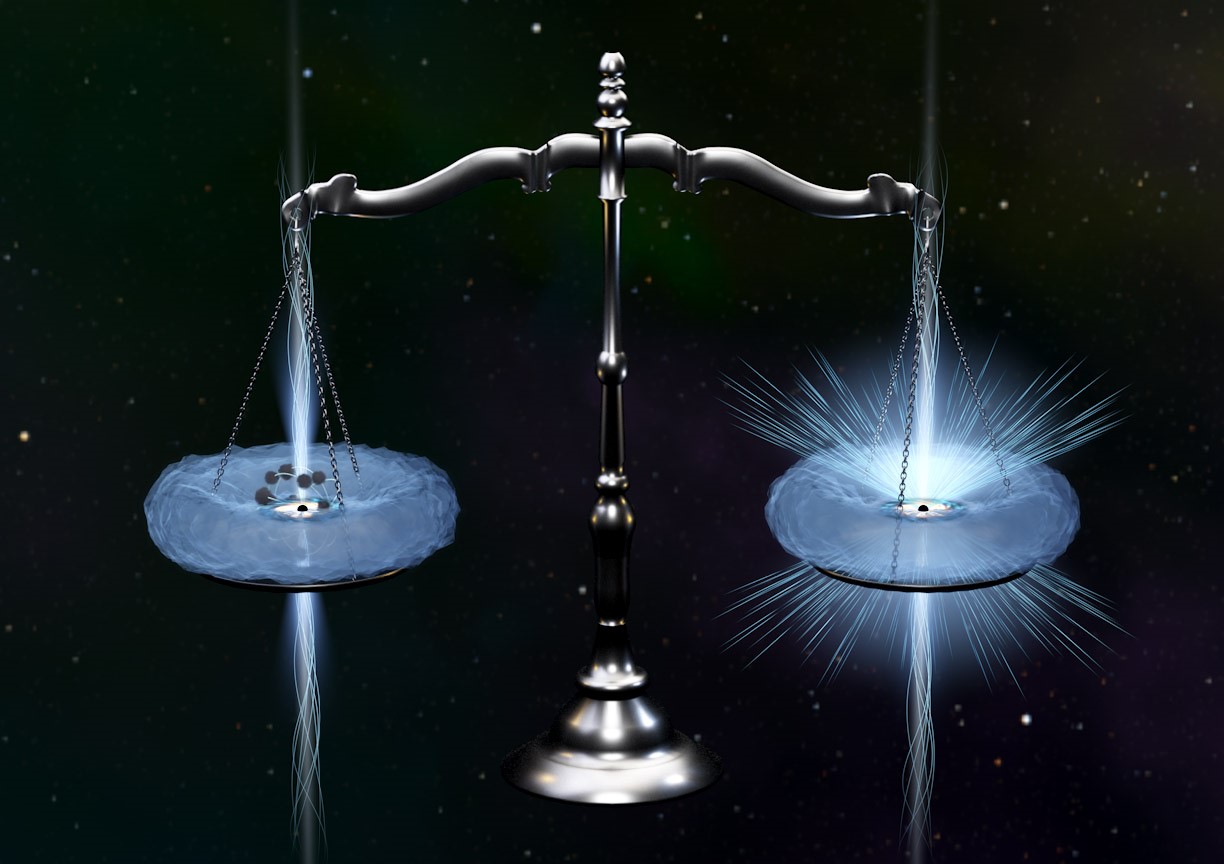

Hi, I'm Kirk Long
Ph.D. candidate in astrophysics @ CU Boulder
Astrophysicist in training. Hobby pianist, stargazer, and terrible programmer. Proud parent to @ThreeBodyBot.
He/him/his. Last updated October 16th, 2025. Background photo: NASA
email: kirk.long@colorado.edu
Curriculum Vitae Highlights
Education
Ph.D. Candidate, Department of Astrophysical and Planetary Sciences
University of Colorado Boulder - Expected graduation May 2026
Currently a 5th-year graduate student working towards my Ph.D. on the astrophysics side of the department!
Bachelors of Science, Physics
Boise State University - Graduated May 2020
Graduated Magna Cum Laude, with Distinguished Honors from the Honors College, and was recognized as a Graduating Student Leader. Additionally minored in Music and Applied Mathematics.
Research Experience
Ph.D. thesis: Modeling the broad-line region (BLR) in active galactic nuclei (AGN)
Mentored by Prof. Jason Dexter - August 2020 - Current
For the second project of my Ph.D. we demonstrated that no popular current models of the BLR can explain the line and delay profiles seen in velocity-resolved reverberation mapping measurements. Our article thoroughly demonstrating this problem as well as positing a few possible solutions results was published in the Astrophysical Journal, and a plain language summary is available here.
To enable the results shown in my second project above, I developed a flexible and fast Julia code for bespoke modeling of the BLR. You can install it yourself here, or view the software paper here (published in the Journal of Open-Source Software).
In the first part of my Ph.D., we investigated whether an alternative "disk-wind" model of the BLR can fit data taken by the GRAVITY instrument on VLTI of quasar 3C273. Our paper on these results was published in the Astrophysical Journal, and a plain language summary is available here.
Projects 3 & 4 of my Ph.D. are underway now: we are exploring an exciting and novel machine learning appraoch for the deconvolution of velocity-resolved reverberation mapping data as well as using the new, combined model described in project 2 to fit a sample of AGN with velocity-resolved reverberation mapping measurements to better constrain the systematic model-dependent uncertainties in our measurements of quantities like black hole mass (in addition to simply better understanding the true nature of the BLR).
Undergraduate work: identifying accreting x-ray binaries
Mentored by Prof. Daryl Macomb - April 2019 - July 2020
Analyzed archival data from the CHANDRA and XMM-Newton observatories to search for both new pulsars and those with changing periods, indicating accretion.
Teaching Experience
Graduate Part-Time Instructor
CU Boulder - January 2023 - May 2023
Taught ASTR 2030 Black Holes as instructor of record for APS department with 120 students, supervising a TA and grader. Developed assignments, exams, and lecture materials.
Graduate TA
CU Boulder - August 2020 - Current
Taught recitations/labs for undergraduate students in both lower and upper division astrophysics courses, and helped develop Jupyter notebook labs.
Physics Lab Instructor
Boise State University - August 2018 - August 2020
Taught (and was instructor of record for) undergraduate physics and astronomy labs for both majors and non-majors.
Physics Tutor
Boise State University - August 2018 - August 2020
Led drop-in tutoring lab for physics department, mostly assisting students with lower-division coursework.
Volunteer Instructor
Idaho and Colorado Departments of Corrections - January 2019 - Current
In Idaho I developed and taught an introductory programming course (1 hour/week) for adult inmates to help them learn Python - most of the notebooks I created are available here. While the pandemic put a pause on my outreach in correctional facilities, since the beginning of 2022 I've been volunteering once a week with the Department of Youth Services teaching/tutoring youth inmates as they work towards their GEDs, and I'm excited about continuing to expand this work!
Outreach
Astronomer
Bruneau Sand Dunes State Park Observatory March 2017 - August 2020
Showed members of the public the wonders of the night sky through various large telescopes, and gave 45 minute public talks/presentations on astronomy-related topics to crowds as large as 300 people, with more than 20,000 visitors to the observatory during my employment there. Former volunteer of more than 300 hours (from June 2015 to March 2017).
Volunteer
Idaho and Colorado Departments of Corrections - January 2019 - Current
Brought in various "cool" science demonstrations to generate interest in the GED programs at both the men's and women's facilities in Idaho as well as a men's youth facility in Colorado, occasionally helping with GED lessons when applicable to physics/math/chemistry. Idaho work featured on the Boise State University website (08/2019), on local news channel KIVI (11/2019), and in the Boise State alumni magazine, Focus (5/2020)
Intern
StarTalk - August 2016 - August 2018
Wrote blog posts on convoluted and/or newsworthy astronomy/physics topics, disseminated to an online audience of >500,000.
@ThreeBodyBot
Twitter #scicomm- December 2019 - present
SKILLS
Professional Skills
-
Communication 90%
-
Pedagogy 80%
-
Leadership 70%
-
Adaptability 80%
Software Skills
-
Microsoft Office 90%
-
MPI 60%
-
Jupyter / terminal / FFmpeg 70%
-
Git / \(\rm\LaTeX\) 50%
-
HEASoft / SAS 40%
-
HTML / CSS 30%
Programming Languages
-
Python / Julia 80%
-
Matlab / Bash / C 60%
-
FORTRAN / CUDA 40%
-
JavaScript 30%
Cool plots / animations
Selections from recent projects. Click to enlarge/play!
Contact
Address
Attn. Kirk Long
391 UCB
2000 Colorado Ave, Boulder, CO 80309
Duane Physics Building, Rm. E226
Dept. phone
+1 (303) 492-8915
Blog

This figure showcases the main result of my second paper, that we think the broad-line region (BLR) must have multiple components! Here we show one possible "solution" to the problem we outline in the paper by combining a disk and cloud model of the BLR to fit the data better.

Artist's depiction of the main storyline in this work — which model (disk-wind, right, vs. clouds, left) best fits observational data of the broad-line region? Image credit: Steven Burrows, JILA
I like to try to undertake a "fun" personal project over each winter break — last year's was @ThreeBodyBot — and this year I decided I needed to become a "cool" grad student and make a website!
